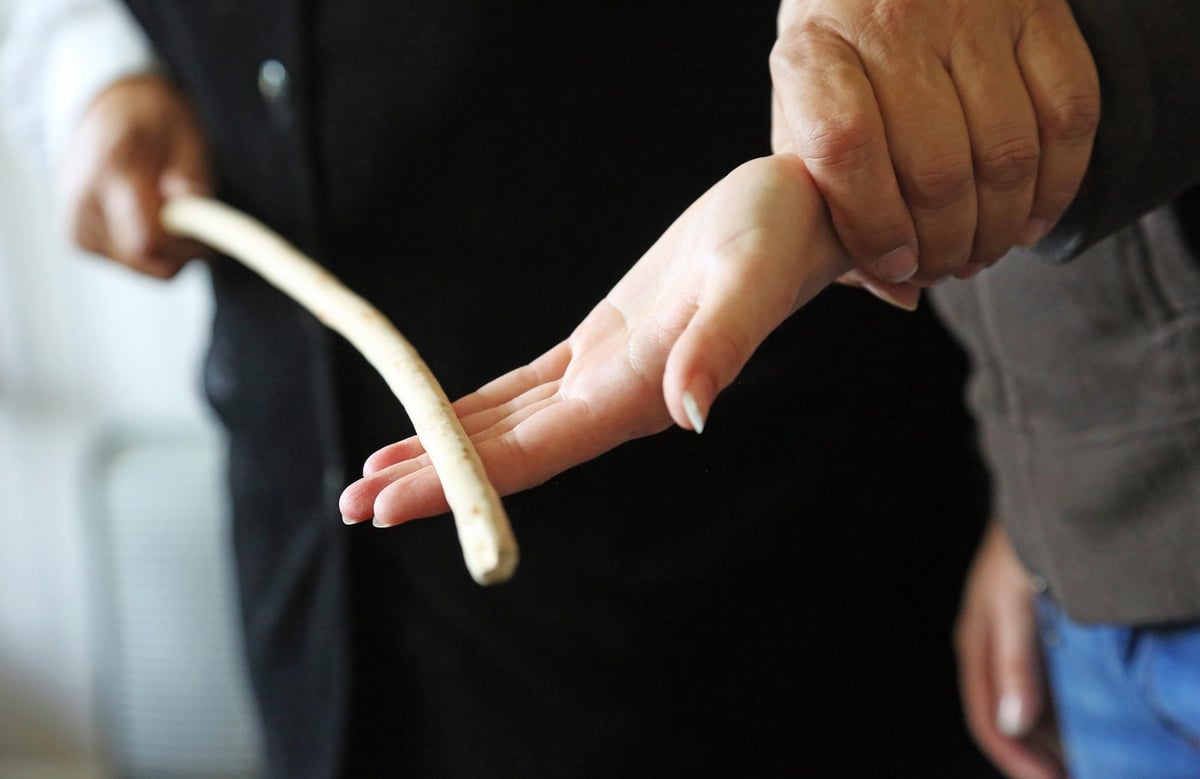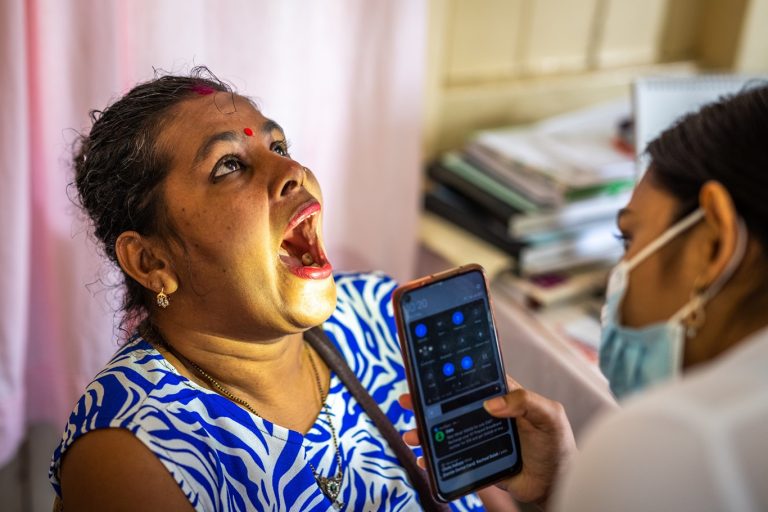Ajith Parakum
In Sri Lanka, corporal punishment is common in school settings. This practice, intended to discipline children by causing physical discomfort or pain, raises significant ethical and legal concerns on a global scale. Under international law, particularly the United Nations Convention Against Torture (UNCAT), torture is defined as any act by which severe pain or suffering, whether physical or mental, is intentionally inflicted on a person for purposes such as obtaining information or a confession, punishment, intimidation, coercion, or for any reason based on discrimination. This definition highlights the potential for corporal punishment to cross into the territory of torture, particularly when it results in severe physical or mental harm.
Corporal punishment refers to physical punishment intended to cause some degree of pain or discomfort, often used as a disciplinary measure. Various international bodies, including the UN Committee on the Rights of the Child, have condemned corporal punishment in all settings, arguing that it is a form of violence against children and can amount to cruel, inhuman, or degrading treatment, which is prohibited under international human rights law. The UN Special Rapporteur on Torture has stated that corporal punishment can constitute torture or cruel, inhuman, or degrading treatment or punishment, especially when used systematically or in a manner that causes severe physical or psychological harm. This international perspective underscores a growing consensus towards recognizing corporal punishment as a violation of human rights that should be eradicated to protect the dignity and well-being of individuals, particularly children.
The degree of pain and suffering inflicted can determine whether corporal punishment reaches the threshold of torture. Severe corporal punishment that causes lasting physical or mental harm is more likely to be considered torture. When corporal punishment results in significant injury or psychological trauma, it crosses a line that raises serious concerns under international human rights standards. Such instances highlight the inherent risks of relying on physical punishment as a disciplinary tool, especially in environments meant to foster learning and development.
The intention behind the punishment can also influence whether it is classified as torture. For instance, corporal punishment intended to discipline may be viewed differently from punishment meant to intimidate or coerce. The purpose behind inflicting pain can determine its classification and raise ethical and legal questions about the justification and methods used. Intentional harm aimed at coercion or intimidation aligns more closely with definitions of torture and is subject to greater scrutiny under international law.
Corporal punishment in institutional settings, such as prisons or detention centers, is more likely to be scrutinized under the standards prohibiting torture and other forms of ill-treatment. The controlled environment of these institutions often subjects corporal punishment to higher scrutiny, as such actions can easily escalate to abuse and are seen as a violation of the rights of individuals under custodial care. In schools, where children are especially vulnerable, the risks associated with corporal punishment are magnified, prompting calls for reform and protection.
Many countries have moved to ban corporal punishment in schools and homes, recognizing it as a violation of human rights. This shift reflects a broader legal and social movement against practices that inflict pain and suffering, particularly on vulnerable populations such as children. Human rights organizations advocate for the complete abolition of corporal punishment, emphasizing its potential to constitute torture or ill-treatment. Efforts to ban corporal punishment align with a global trend toward promoting non-violent and respectful forms of discipline that uphold the dignity of all individuals.
In summary, while not all corporal punishment is automatically classified as torture, certain forms, especially those that are severe, systematic, and intentionally harmful, can be considered torture or at least cruel, inhuman, or degrading treatment under international law. The growing consensus is toward recognizing corporal punishment as a violation of human rights that should be eradicated, aiming to protect individuals’ dignity and promote more humane forms of discipline and correction. In Sri Lanka, as in many parts of the world, there is a pressing need to align domestic practices with international standards to ensure the protection and respect of human rights for all individuals, especially children in educational settings.







